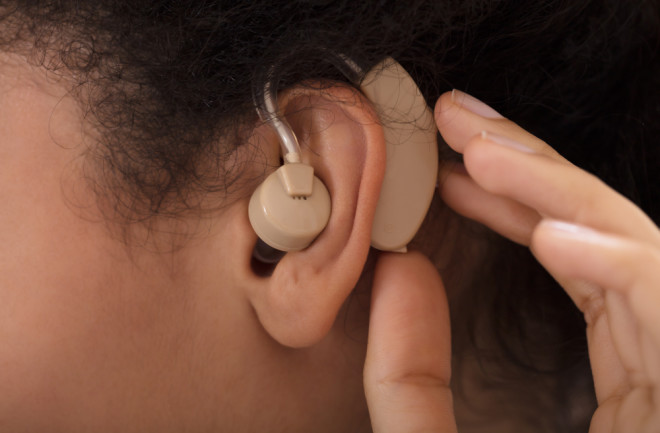For as long as I can remember, hearing has been difficult for me. At age 32, I finally saw an audiologist and received my first pair of hearing aids. They cost $1,800 — each.
I dreaded the day I’d have to buy a new pair. But in 2017, Congress ordered the Federal Drug Administration (FDA) to set rules that would enable FDA-approved hearing aids to be sold over the counter (OTC). While that was in the works, the FDA allowed for some non-approved devices to be sold direct to consumer. In 2021, I bought my second pair online for $600 — total.

